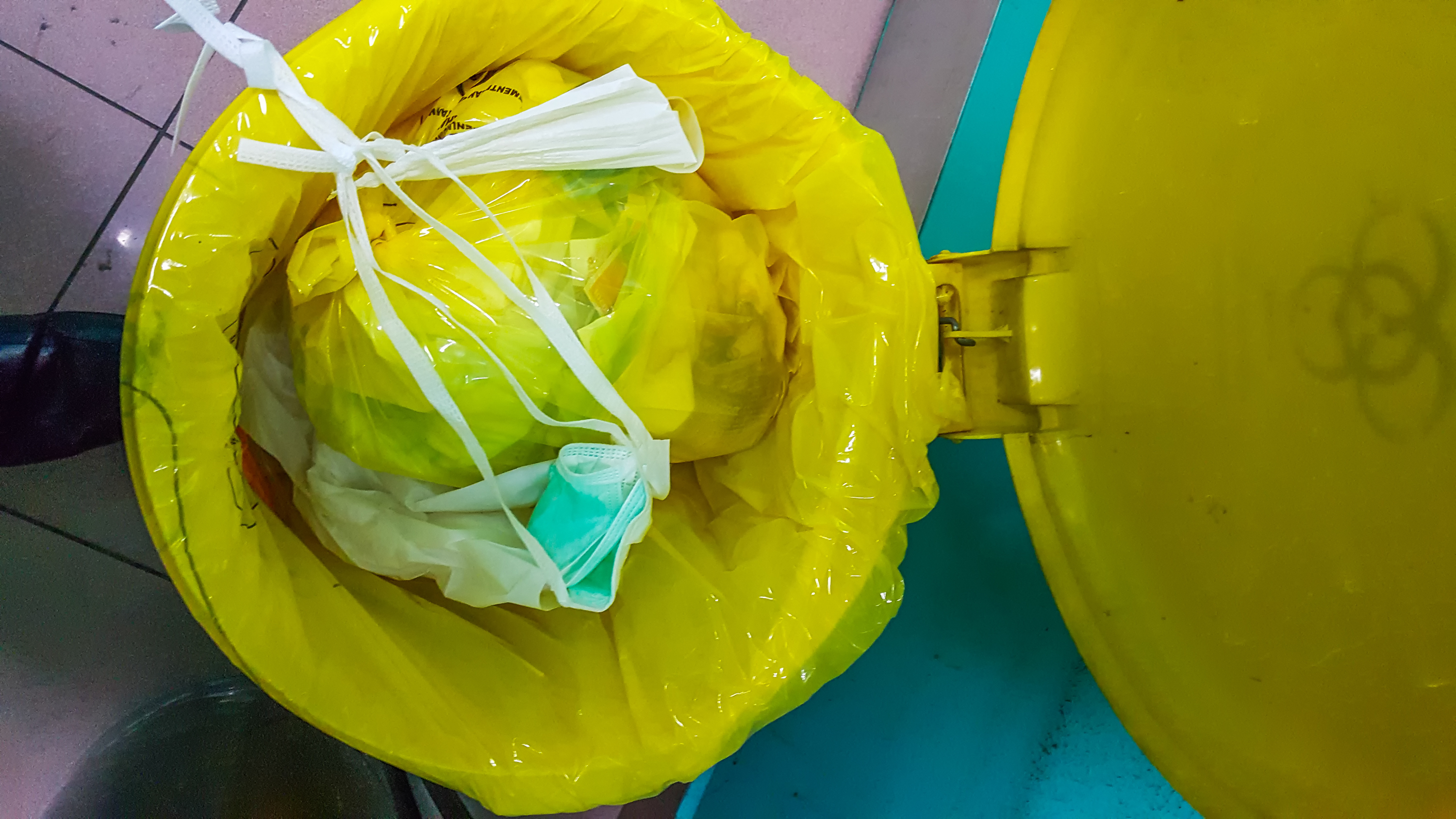Disposal of Clinical Waste
What Is It?
Clinical waste contains potentially harmful microorganisms that can infect residents, employees, and the general public. The facility can prevent infection and transmission of antimicrobial organisms by providing a clean, waste-free environment. To protect people from harm when handling waste or hazardous substances, specific procedures should be followed.
Procedure For Handling Clinical Waste
Hygiene
Apply standard precautions to protect against exposure to blood and body substances during the handling of waste
Appropriate protective attire must be worn when handling clinical/contaminated waste bags, bins, or containers (i.e., general-purpose utility gloves, waterproof aprons)
Always wash hands following procedures
Handling Waste

Segregation should occur at the point of generation
Waste should be contained in the appropriate receptacle (identified by colour and label) and disposed of per the facility waste management plan and local authority
Waste bags and bins should be stored in a restricted area
All waste contaminated by blood or other body fluids or considered infectious must be disposed of in an appropriate yellow clinical waste bag
Employees should avoid any exposure to clinical/contaminated waste by
Slowly pour liquid waste down a drain connected to any sanitary sewer system, then flush immediately
Minimising splashing and contamination of skin and mucosa
Contaminated waste bags and containers away from the body and using trolleys whenever possible to transport waste bags and containers
Disposing of Sharps
Sharps must be disposed of into a rigid sharps container and be sealed securely when 3/4 full or when the fill line is reached. Sharps containers should be left in a safe and secure place for employees to collect and remove to the locked waste storage area.
Use of Trolleys
Trolleys used for transporting waste must be
Clearly identifiable
Cleaned regularly (at least weekly)
Used only for waste transport
Never overfilled
Fitted with drip trays to contain leaks or spills
National Standards and Guidelines
Residential aged care facilities should refer to relevant standards and their local authority for comprehensive information on the management of clinical and related wastes.